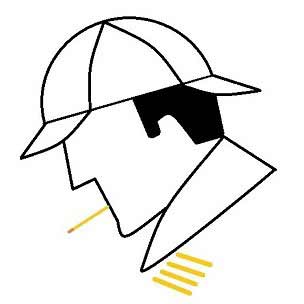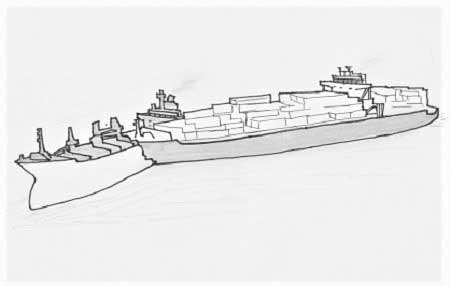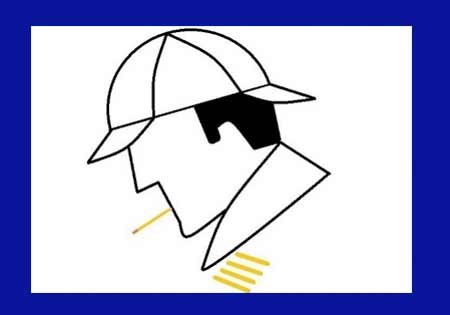
“A man must be big enough to admit his mistakes, smart enough to profit from them, and strong enough to correct them”
- John C. Maxwell
Accidents are a result of mistakes- we all know that. I share the insights from my years as a DPA, carrying out on-hands investigations and this article is about how to be smart enough to learn the right lessons, and how to correct them - which is not always simple.
Incorrectly drawn conclusions from accidents lead to ineffective corrective measures, and we then get surprised why still keep having the same damages. Albert Einstein once said that “If I had an hour to solve a problem I'd spend 55 minutes thinking about the problem and 5 minutes thinking about solutions.” This brings us to the foremost requirement of investigations- patience!
Though you must start investigations promptly, don’t jump to conclusions; instead glide through using successful techniques. My favourite, and also the most simple and useful one is asking ‘why’, at least five times and until you can no longer ask why! This requires patience and will-power to ask the most difficult questions, and the strength of character to be prepared to hear the most unpalatable of answers.
Be detail-oriented, which is another key characteristic of the investigator. Ask the essential questions such as ‘when’, ‘where’ and ‘how’. Explore the key components of any system- equipment, environment and people. For example, ask if the equipment was calibrated, tested, maintained and operated in the right way. Ask if the environment had to do anything with it- was it dark, rolling, unfamiliar. Ask if the people were well trained- if not why? Were they tired or over-stressed, or not supervised? Such questions give you the pieces of puzzle you can put together to understand the system they were working in.
You see here that I put people on the front-line last as the cause during my investigations and I believe this is the way it should be. It is possible that the accident was simply due to human error, or lapse in attention, or inadequate compliance with procedures but this should be the last resort when drawing conclusions. It is said that human error is the root-cause in more than 80% of most accidents. My own view, as I reason in my book Golden Stripes- Leadership on the High Seas, is the opposite, i.e. over 80% of accidents are systems related. The role of the investigator is to find those system-failings and close the gaps.

A key thing to remember during investigations is that is not about blame. To be a good accident investigator, your priority, whether you are a Master, a Chief Engineer, an Auditor or a Superintendent, is about how it can be prevented in future! No sane mariner intentionally collides his ship, injures his thumb or damages a compressor. So what made it happen?
Integrity is important. If you have made a mistake, be prepared to own up for it. If you know someone has made a mistake, say so; hiding facts only allows more accidents to happen.
Be willing to speak to people; make them comfortable and ask open ended questions. Ask for facts, and then their opinions- record them separately. Also, as an investigator, be prepared to cross-check and spot inconsistencies in statements. Look for body language signs which may indicate if there are things unsaid, or maybe you haven't asked the right question yet.
Make use of tools like VDRs, log books, alarm logs and rough notes. Be prepared with tools such as cameras and note pads to record your observations.
Finally, putting together pieces of the puzzle is teamwork! Brainstorm with as many people, including those involved in the occurrence of the accident, to get to the root-cause, find solutions, and of course later, for effective implementation of corrective actions.
Having the right mind-set and approach is key to successful maritime accident investigations. I will be sharing more about successful investigation techniques in my future posts.
Elementary dear Captain!
Links: The Nautical Institute has some useful resources for learning more about maritime accident investigations:


